1. SPRING HOURS
2. EARLY BIRD SPECIAL
3. TREE PLANTING SCHEDULE
4. MULCH, MULCH, AND MORE MULCH
5. NEWSLETTER SIGN UP
6. ELM COORDINATOR UPDATE
7. WE’RE HIRING!
8. SENIOR’S COLLEGE PRUNING COURSE
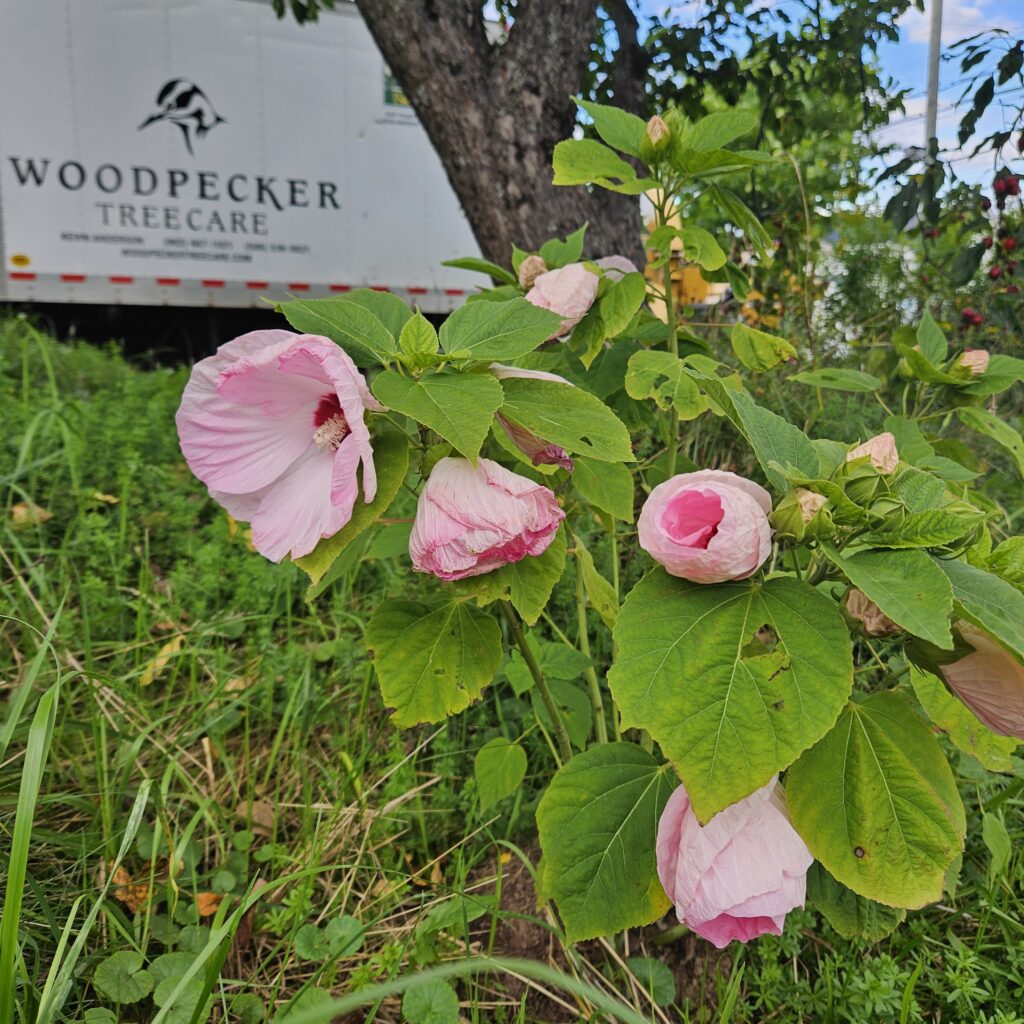
Expert tree care by the preservation specialists

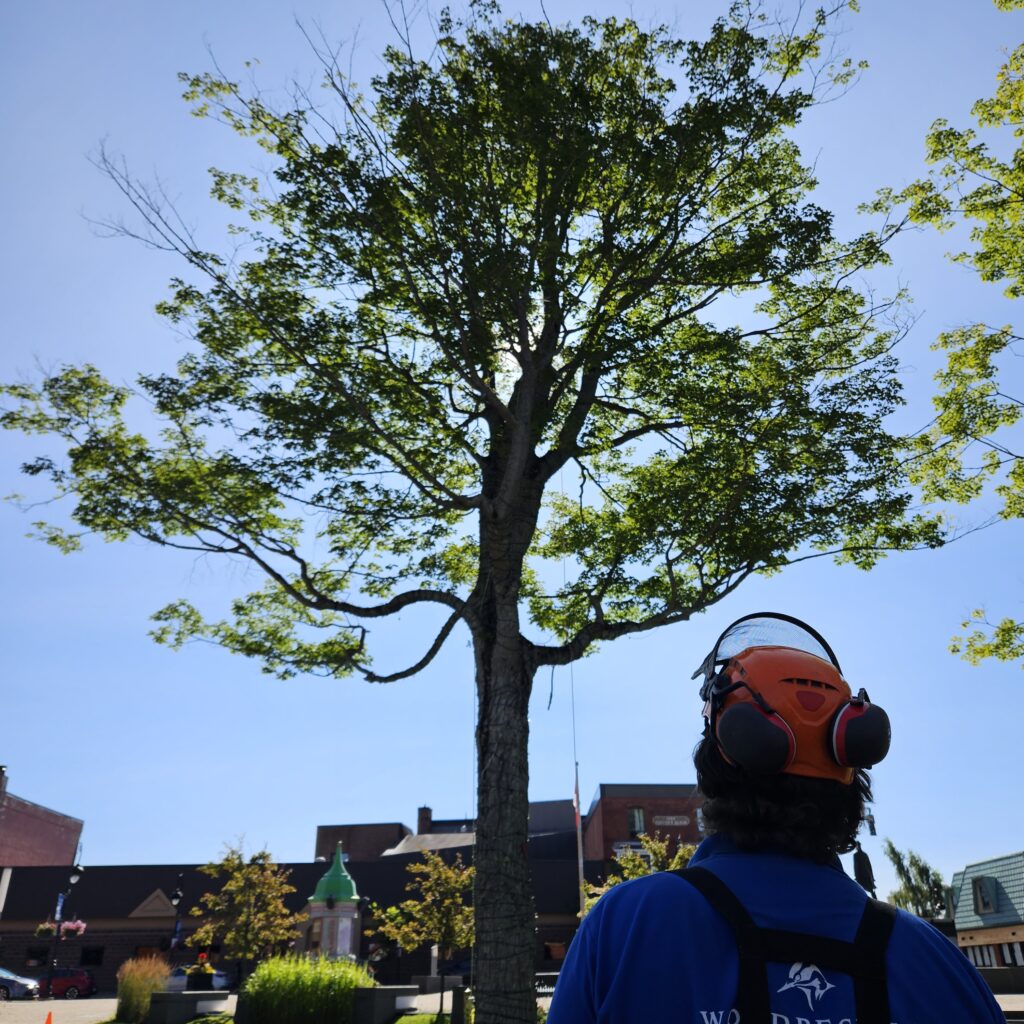
We love trees at Woodpecker Tree Care headquarters, and we also loves bees! Kevin has filled his front yard, formerly full of monoculture turf, with native plants over the years. It has become a tended meadow of flowers and grasses, which makes it heaven for our friendly pollinators. When Kevin heard of the Sackville Wild Bees project via project leader (and client) Emily Austen of Mount Allison, he signed up without a blink.
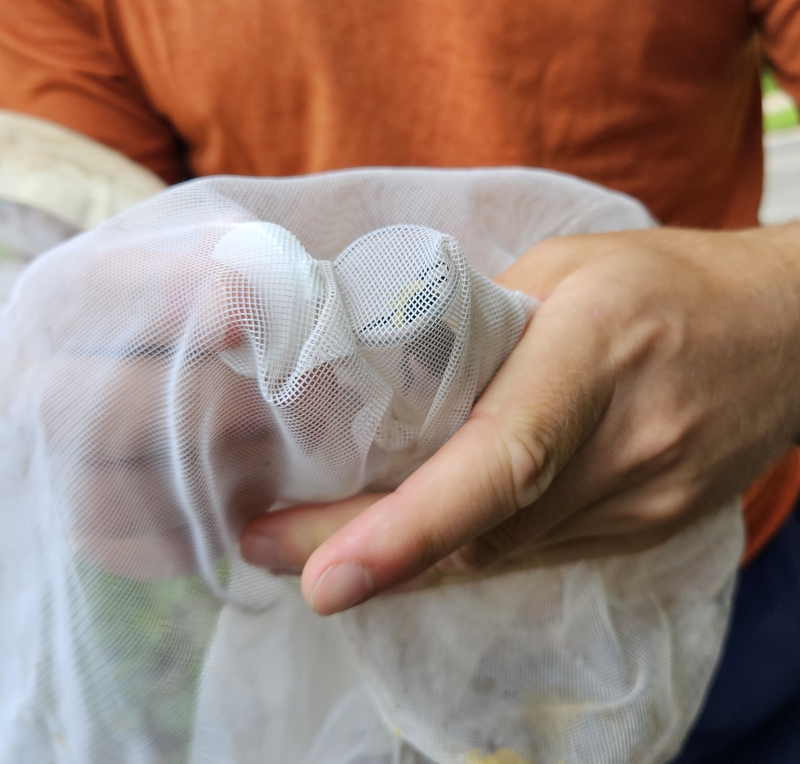
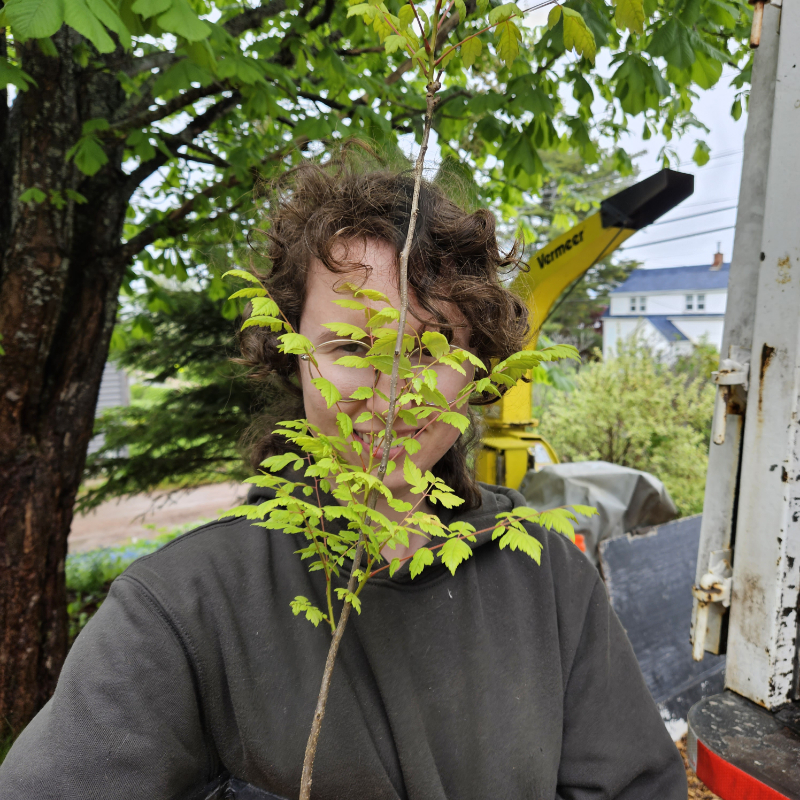

Woodpecker Tree Care Ltd. has nearly doubled in size this year. We received an overwhelmingly positive response to our “Help Wanted” ad posted on social media this spring, and we are going into the 2023 season with three new teammates. We are so happy to have Dave, Greg, and Jess join us!
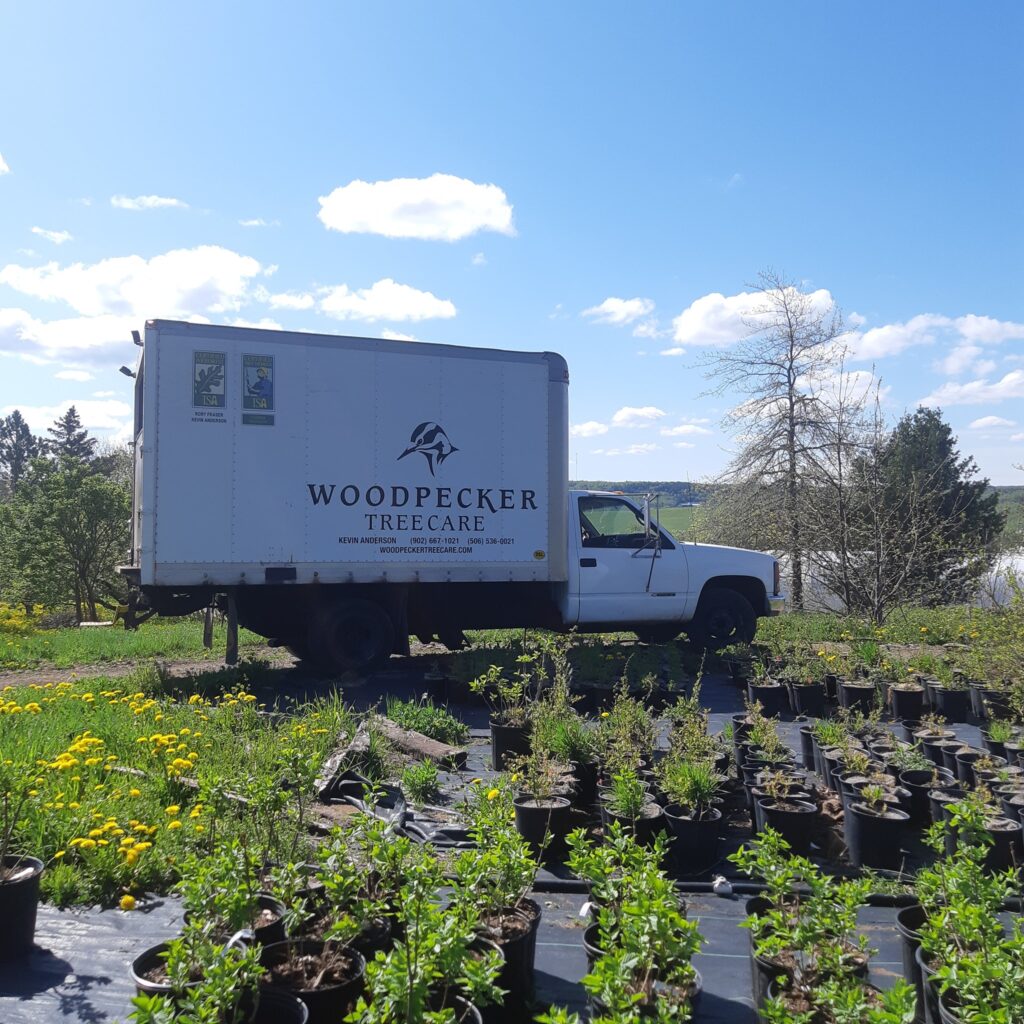

Note: At this time, we are not taking any more applications.
Have you ever imagined yourself working on a tree crew? If not, then why? There are a lot of reasons folks doubt their ability to do tree work, but to work with us you only need three things: curiosity, a valid drivers’ licence, and hunger to try. Come join us and find out what it’s like to be a Woodpecker!
Tree care starts from the very beginning. When trees are young, everything from the shape of the nursery pot to the hole it’s planted in is extremely important. The conditions in which a sapling is kept and planted inform how the tree will grow throughout its whole life. Much like raising a child, it is easier to influence a tree’s “behaviour” when it’s young rather than wait until a problem arises decades down the line. That’s why it pays to consult an expert when choosing and planting young trees. It can reduce the chances of future issues, such as tree failure, which can in turn save you from heartbreak and unanticipated expenses.
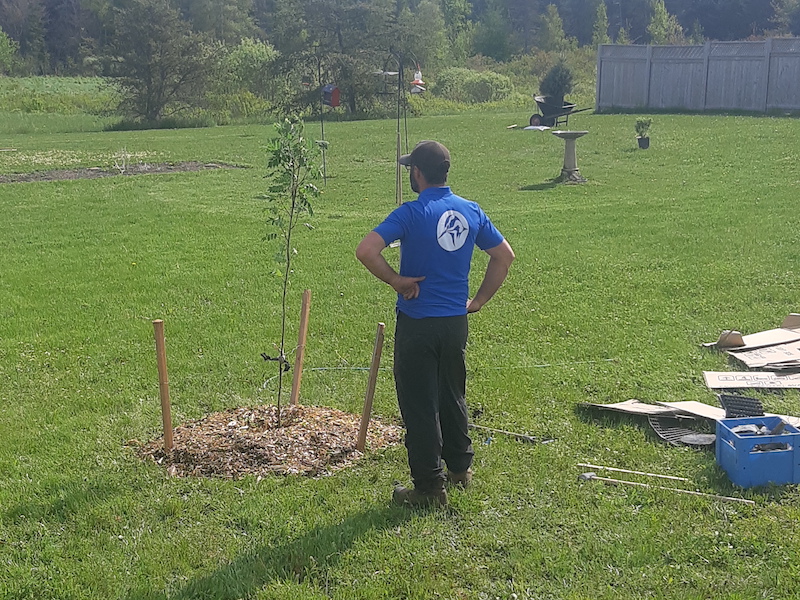
Kevin was tasked with a scientific and creative project this past year, and the fruits of that labour have been published by the Acadian Entomological Society. Working together with zoologist John Klymko, Kevin collected specimens of the beech leaf-mining weevil for John’s studies. John wanted to determine the habits of the weevil in New Brunswick and Nova Scotia, as this invasive pest is spreading quickly and doing quite a bit of damage to our beloved beech tree population.

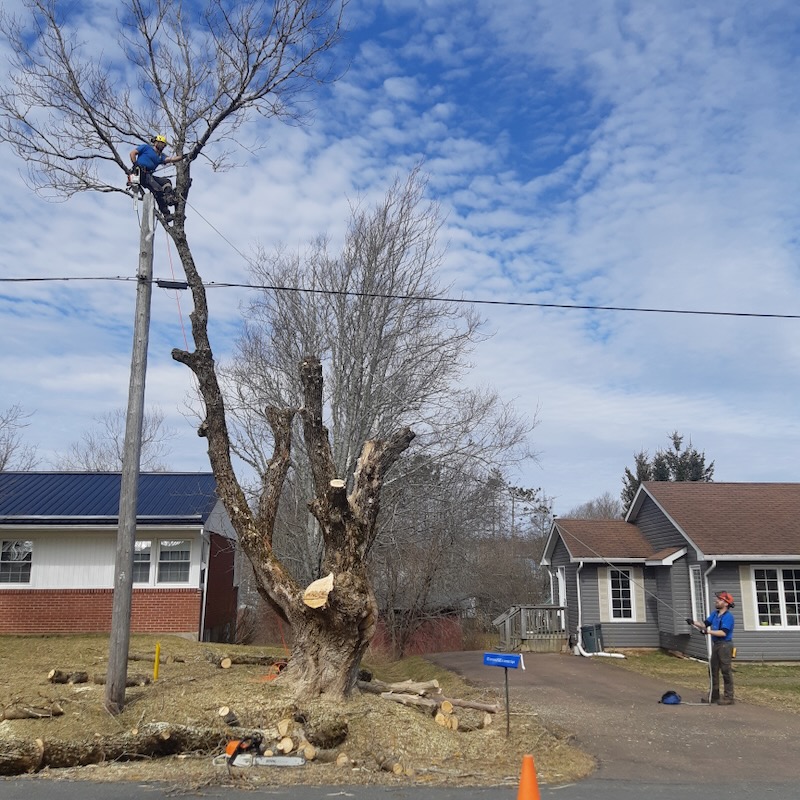
The first rule of Woodpecker Tree Care is that safety is always the number one priority. This applies to everything we do, from loading gear to felling 60 foot spruces. Something that can be a hazard for a climbing arborist is high voltage lines, which trees can interfere with. Here is how we handle power lines while on the job, and the steps you may encounter if your tree is near high voltage lines.